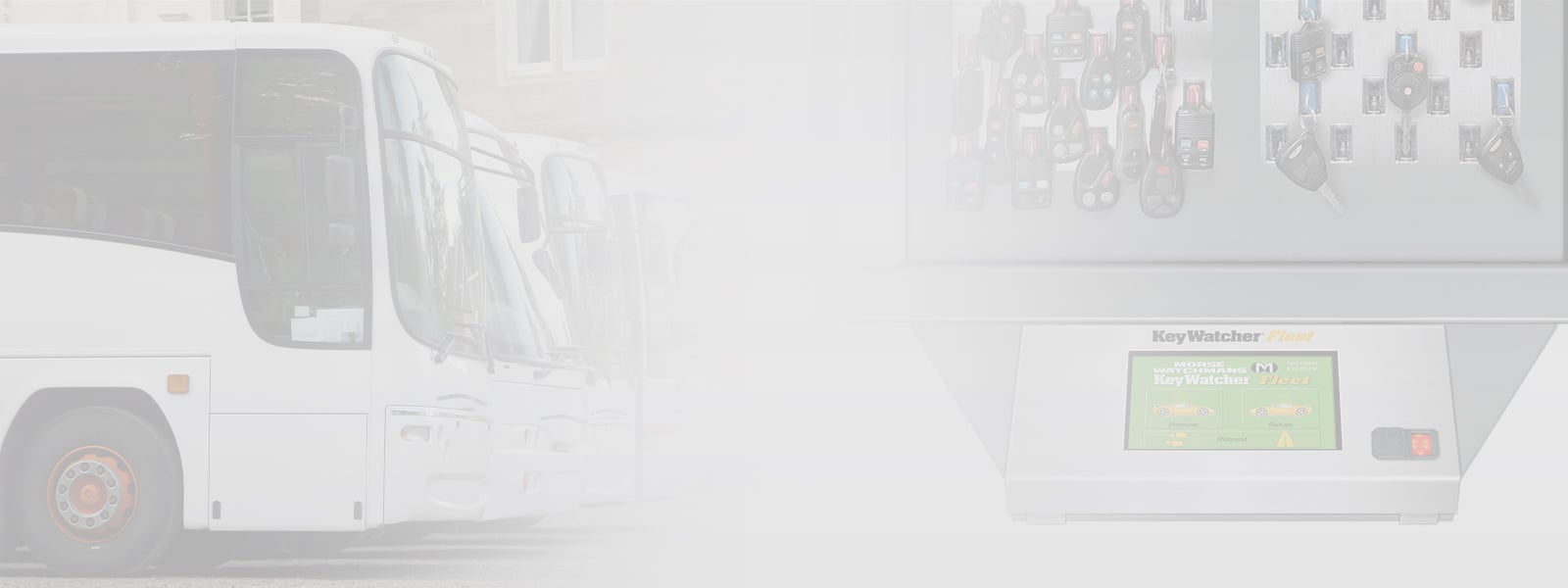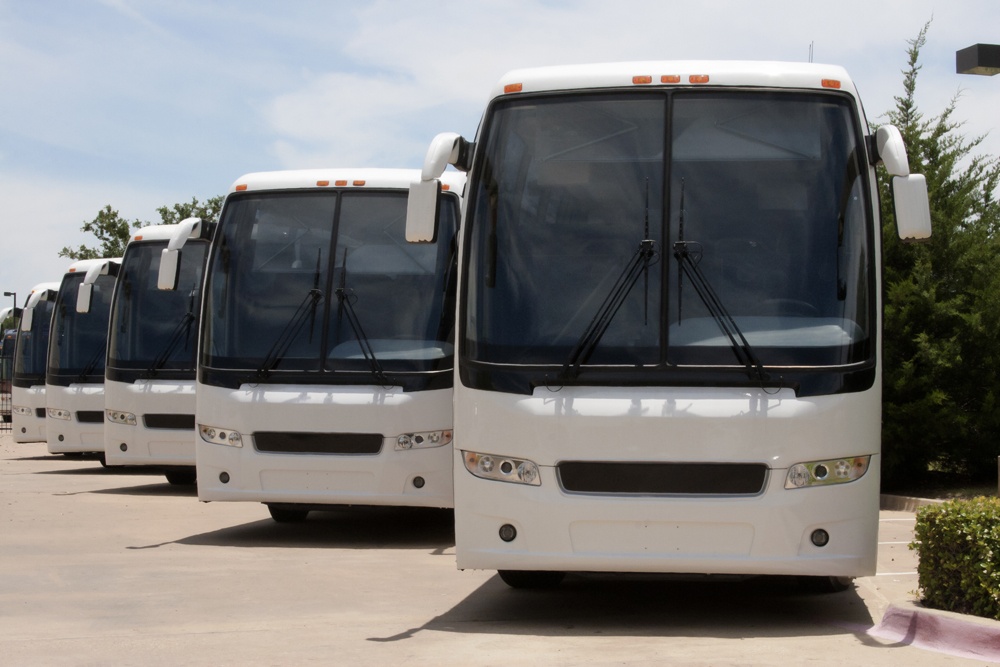- About
- Products
- Markets
- Resources
- Configurator
- Intelligence
- Contact

Working with and managing large numbers of vehicles creates a unique set of challenges for an organization. You must work with drivers, service technicians and your own executive management, providing each with the tools, wheels and information they need in a timely manner. At the same time, you need to control costs, balance need with availability and keep your vehicles running safely while keeping all your drivers rolling. In order to maintain optimal transportation business operations, it is vital to optimize the utilization of your fleet of vehicles.
While this is the job of the fleet manager, technology can provide the support and control to make this job more efficient and practical. The best fleet management system will help you optimize utilization, save money and keep your business rolling. It will also secure, manage and track usage of keys – because when you control the keys, you control the fleet.
Below are several best practices for transportation business management that a fleet management system makes possible.
Download the guide: Best Practices for Fleet Utilization Management
It makes sense to organize your fleet by creating pools of vehicles which share characteristics, or which will be used by specific groups of individuals. Grouping vehicles in this way makes it easier to control usage, including which vehicle is assigned to each driver, which vehicle gets used for each trip etc.
You will also want to determine how you will assign your vehicles to your various drivers. You might prioritize vehicles with low mileage, assign your “best” vehicles to top drivers as an incentive, or simply use a “first-in-first-out” strategy as vehicles are requested.
When a bus, limo, car or other vehicle needs to be taken offline, you need to adjust for its absence while also ensuring that it gets back into the rotation as quickly and efficiently as possible. The reason may be scheduled service such as installation of new technology, a service trigger like tire rotation upon reaching 15,000 miles, or a vehicle that returns from use with a problem such as a broken windshield wiper.
The best fleet management systems also help you do the following:
Choose a system that provides a dashboard that shows a quick snapshot of the overall state of your fleet at any time. The system should be able to integrate with third-party APIs, enabling possibilities such as adding advanced vehicle telematics for insights on vehicles and drivers that will further help you manage personnel as well as utilization of vehicles.
To learn more about finding the right technology for your transportation business, speak to an expert at Morse Watchmans. We invented key management, and we keep making it better for you.


Morse Watchmans Incorporated – USA
2 Morse Road
Oxford, Connecticut 06478
Phone: 203-264-4949
Toll Free: 800-423-8256
Fax: 203-264-8367
Email: morse@morsewatchman.com
Morse Watchmans UK Ltd. – UK
Unit B Swift Park, Old Leicester Road
Swift Valley Industrial Estate
Rugby, Warwickshire CV21 1DZ
Phone: +44 (0) 115 967 1567
Email: morseuk@morsewatchman.com
© Copyright 2025 Morse Watchmans - Key Management Systems and Key Control Software. All Rights Reserved.
Privacy Policy, Terms of Sale, Terms of Purchase